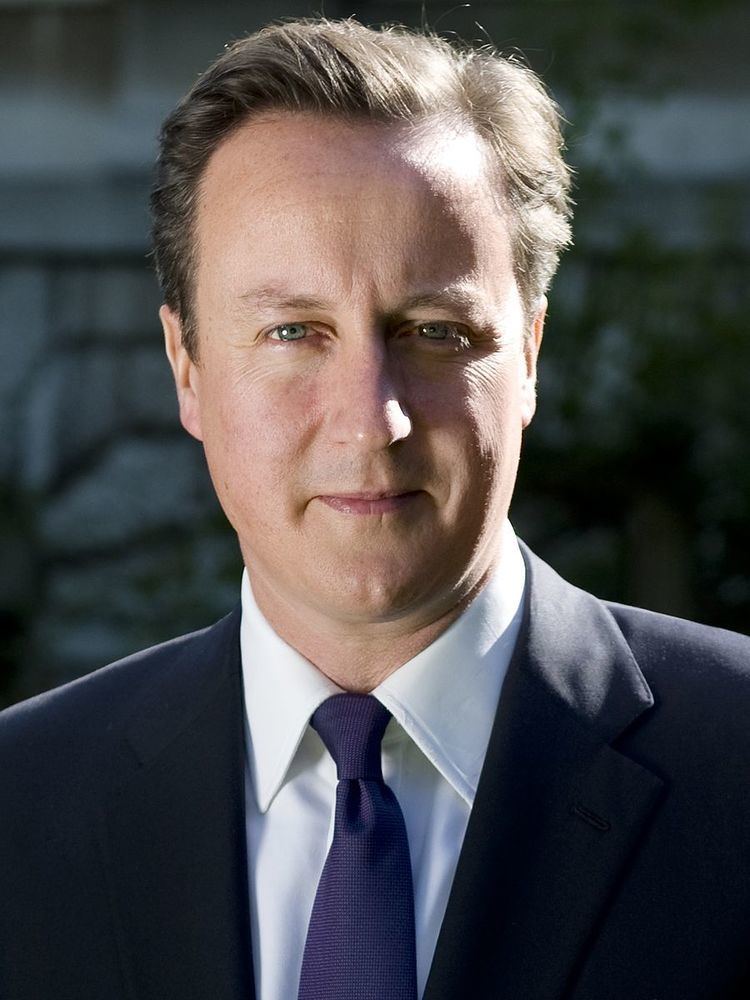Date formed 8 May 2015 No. of ministers 32 | Date dissolved 13 July 2016 | |
 | ||
David Cameron formed the second Cameron ministry, a Conservative majority government, following the 7 May 2015 British general election. Prior to the election, Cameron led the first Cameron ministry, a coalition government that consisted of members of the Conservatives and the Liberal Democrats, alongside Deputy Prime Minister Nick Clegg.
Contents
Following the victory of the Leave vote in the June 2016 referendum on British withdrawal from the European Union, Cameron said that he would resign from his post after a new leader of the Conservative Party was chosen. It was announced on 11 July 2016 that he would resign on 13 July and was to be succeeded by Home Secretary Theresa May.
History
Cameron announced his choice for Chancellor of the Exchequer, Home Secretary, Foreign Secretary and Defence Secretary on the afternoon of 8 May 2015, with George Osborne, Theresa May, Philip Hammond and Michael Fallon retaining their posts. Osborne was also given the honorific title of First Secretary of State, which had been held by William Hague in the preceding ministry.
Cameron's choices for other ministers were announced through the week. Eric Pickles, previously the Communities Secretary left the Cabinet and received a knighthood, being replaced by Greg Clark. Michael Gove moved to the position of Justice Secretary, replacing Chris Grayling, who became the new Leader of the House of Commons.
Several vacant Cabinet posts previously held by Liberal Democrats were subsequently filled by Conservative ministers – the positions of Business Secretary, Energy Secretary, Scottish Secretary and Chief Secretary to the Treasury were given to Sajid Javid, Amber Rudd, David Mundell and Greg Hands respectively, with John Whittingdale replacing Javid as Culture Secretary.
Mark Harper replaced Gove as Chief Whip, whilst Matthew Hancock became the new Minister for the Cabinet Office, being replaced by Anna Soubry as Minister of State for Small Business, Industry and Enterprise. Also Priti Patel became the new Minister of State for Employment and Robert Halfon became a Minister without Portfolio.
